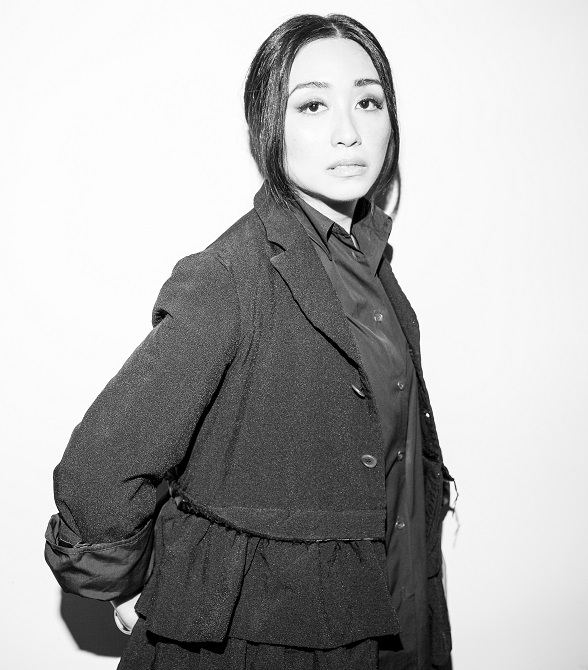Good things come in threes, so the cliché goes. But in the case of D’Sound joining heads with Armi Millare, that dog-eared phrase has the resonance of prophecy. On November 12, 2021, the Norwegian neo-soul vets and the UDD frontwoman put out “Run for Cover,” their third collab after 2018’s “Lykkelig” and 2019’s “Somewhere in Between.”

Millare was euphoric about being reunited with her heroes – bassist Jonny Sjo and drummer Kim Ofstad, as well as keyboardist-producer Morten Gillebo – recounting how, despite the relative ease and breeze of the proceedings, the group somehow knew it deserved to be more than just a standalone release.
In the end, the Oslo-based group saw it fit for “Run for Cover” to be included in 25, their 25th-anniversary release due January 2022, which will reportedly boast of names like Macy Gray, Pher, Cory Henry, and Shontelle in the credits. “It’s like sitting in a cafeteria with all the cool kids, and you wonder why they haven’t left the table,” Millare kids.
A self-confessed fan, the UDD singer credits the work (and work ethic) of Sjo and Ofstad as being in “the blueprint of [her] musicianship,” even going so far as to suggest, “I think subconsciously I’ve studied the nuances of their work through the years that whatever they do, [at] any given time, appeals to me as musician.”
A creative shorthand has definitely been forged in the group, and it’s palpable in this new track. Juxtaposed against the buoyant loop of “Lykkelig” and the quiet languor of “Somewhere in Between,” “Run for Cover” sounds the most fully realized compositionally and instrumentally, with an infectious bassline, sticky-as-glue rhythms, and some of Millare’s most nuanced melody work. A song about “knowing when to disengage,” the Filipina singer-songwriter says production work on the song curiously mirrored its themes.
Describing it as “a snapshot of an entire timeline resting on a sea of unknowns,” the song, which was supposed to see the light of day in 2020, was held hostage by time and circumstance. “[When] nature starts to point you to an unfamiliar path, I think it’s wiser to let that force decide for you,” she adds.
Stylistically, “Run for Cover” is a testament to restraint where each instrumentalist, to borrow Millare’s metaphor, “dodges bullets” while also staying on their respective contrapuntal lanes. Tracking wrapped in six hours, and everyone was a veritable masterclass in nuanced musicianship: the kind where economy and taking cues from other players take precedence over pyrotechnics.
Millare recalls being initially intimidated at the prospect of collaborating with her heroes, but in the end saw how much of their professionalism is hinged on their flexibility as people and as musical workers. “I had to question what I was capable of bringing to the table, as a co-producer, a topliner, and lyricist – but quickly they made me feel that this was all possible, and it didn’t matter how much experience they’ve had through the years.”

